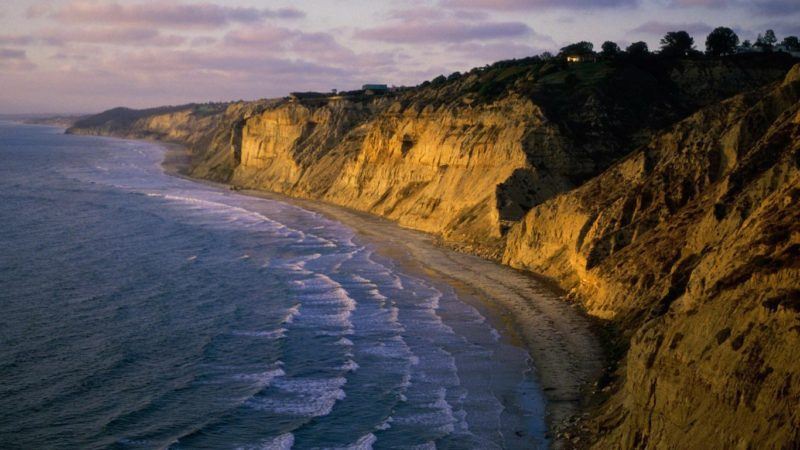
Blog |
California’s past and future coastal habitat
As conservationists brace for changes in habitat from a rise in sea level, it bears taking into account lessons from the past.
When it comes to California, topography played a major role in coastal life during the last ice age, when sea levels were about 400 feet lower because water was trapped in glacial ice sheets. New research shows that there were no coastal estuaries—environments where freshwater from land meets the sea—in southern California. Coastal estuaries are of particular concern to conservationists because they are rich in life and susceptible to human development. They also contribute $4.3 billion to the United States economy via the fishing industry.
Animals and plants that lived in estuaries during the ice age were reduced to two locations, said Greer Dolby, the paper’s lead author who conducted research as a graduate student at UCLA.
“The southern refuge was located in the middle of Baja California, and the northern one was near Morro Bay, on the central California coast,” Dolby said.
The results are particularly surprising because conventional scientific wisdom is that plants and animals took refuge from the advancing ice by moving south. This research shows that steep coastline preventing the formation of estuaries also played a major role, leading some to move north.
To reach their conclusions, Dolby and her fellow researchers looked at fish DNA to “hindcast” where ancient estuaries could be. “Patterns in the fishes’ DNA confirmed the existence of the ice age refuges identified with the modeling of ancient habitats,” said David Jacobs, Professor of Ecology and Evolutionary Biology at UCLA. The study was coauthored by Ryan Hechinger of Scripps Institution of Oceanography, along with Ryan Ellison, Lloyd Findley and Julio Lorda.
As the ice age ended, sea levels rose and new estuaries were formed. Animals and plants from the northern and southern refuges interbred, mixing up their genes and leading to the coastal habitat as it exists now.
The study’s authors said the genetic methods used in the study can be replicated elsewhere to look back in time to predict how life might adapt to climate change-driven changes to the coastline.
